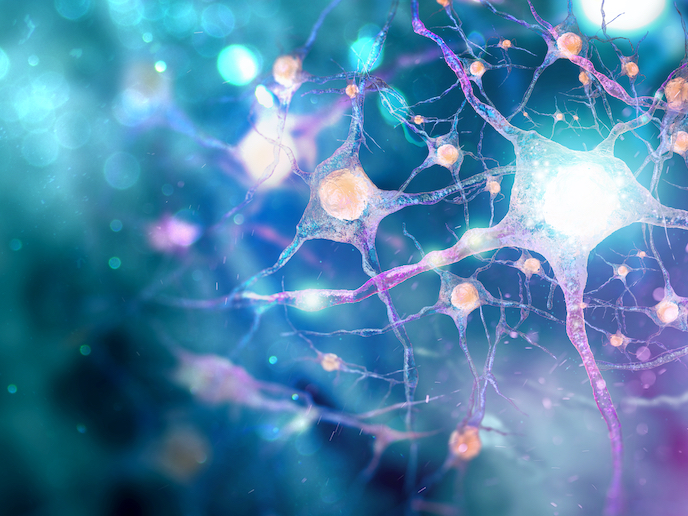Researchers ‘see’ how brain reads electric signals
ncbi.nlm.nih.gov/pmc/articles/PMC2894952/ (Neuronal networks) – groups of neurons that are functionally connected to one another through specialised structures called synapses(opens in new window) – play a critical role in sensory perception. “Sensory perception involves at least two processes,” explains NEURO-PATTERNS project coordinator Tommaso Fellin(opens in new window), senior researcher at the Italian Institute of Technology(opens in new window) (IIT). This project was supported by the European Research Council(opens in new window). “First, the brain needs to ‘write’ information about physical stimuli in the outside world, such as the image of a car approaching. This information is written in the form of electrical activity in specific neuronal networks in the brain.” Second, these electrical signals need to be read out to instruct appropriate behaviour, such as slowing down. “We know very little about the second process,” notes Fellin. “We do not fully understand how electrical activity written in neuronal circuits is read out to determine our actions in response to external stimuli. In other words, we do not know the code the brain uses to interpret electrical signals written in neuronal networks.”
Cracking the code
The objective of the EU-funded NEURO-PATTERNS project was to crack this code through the development of new technology. This would, for the first time, allow researchers to test the importance of specific patterns of electrical activity within neuronal networks in relation to behaviour. “To achieve this aim, we combined expertise in optics, engineering, cellular and circuit neuroscience, and mathematics,” adds Fellin. “This enabled us to develop a new optical approach that can read and write activity patterns in neuronal networks with unprecedented spatial and temporal resolution.” First, the team developed the software and hardware for the new optical microscope(opens in new window). The microscope was then combined with the use of light-sensitive molecules that can report or generate electrical activity in neurons. Finally, the approach was validated on neuronal networks in brain tissue. Researchers found that they were able, for the first time, to impose spatial and temporal patterns of electrical activity in intact brain networks and study the code the brain uses to drive sensory perception.
New era in neuroscience
This breakthrough could lead to a number of practical applications. These include the restoration or correction of aberrant electrical activity in neuronal networks, which can occur in pathological conditions of the brain. The findings could also inspire the generation of more efficient AI algorithms, and provide the theoretical basis for more efficient brain-machine interfaces. The project results have been published in various scientific papers, and resulted in several patents. “There is also huge potential for technology transfer across different fields,” says Fellin. “A good example of this is SmartMicroOptics(opens in new window), a spin-off company that we founded during the development of NEURO-PATTERNS.” This start-up produces a unique set of ultra-thin optical elements that, when applied to camera-based electronic devices such as cell phones and tablets, turn them into portable and inexpensive microscopes with high optical performances. “Ultimately, this technology has opened up a new field in experimental neuroscience,” says Fellin. “By delivering informed perturbations (through the combination of the novel optical approach developed in NEURO-PATTERNS and light sensitive molecules) to neuronal networks, we are now able to discern their role in driving behaviour.” The next steps include improving the spatial scale, penetration, efficiency and flexibility of these perturbations. From a neuroscience perspective, key questions include finding out whether the code is conserved across sensory modalities, and how these processes are altered in pathological states of the brain.



